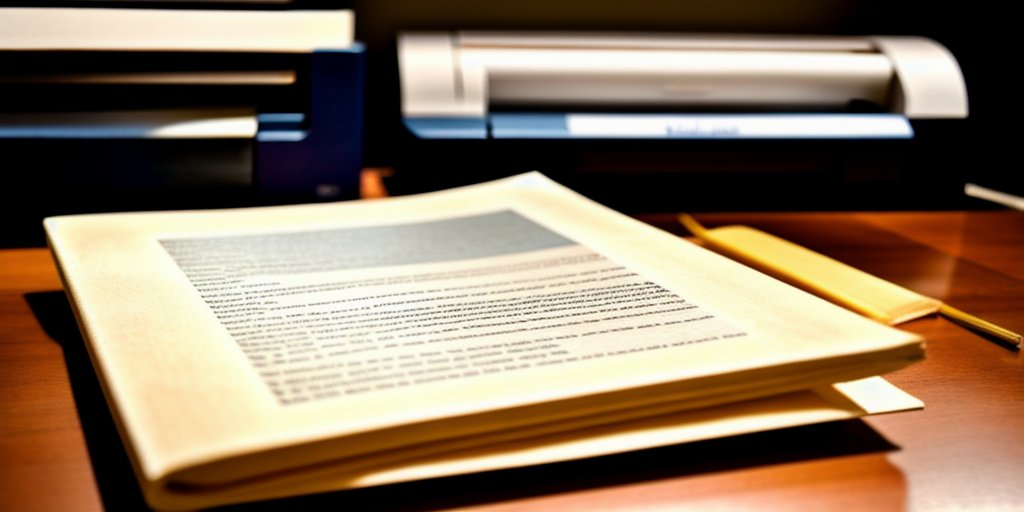Born-analogue: how digitisation is still a major barrier to digital preservation efforts.

Organisations who are able to sustain a digitisation programme will often be limited by time or cost in the number of attempts they have to capture each artefact. This means that the operator performing the digitisation may be compelled to accept imperfect scans so as to not exceed their constraints. This means that the accuracy and authenticity of the digital object can be permanently and irreversibly affected by a sub-optimal scan. In some cases, a bad scan may even omit important information from the original analogue object. For example, if a manuscript is poorly scanned, it may be difficult to read or even illegible. Unlike born-digital content, born-analogue digital objects are also implicitly derivatives of their original source. Regardless of whether a particular scan is done well, or even perfectly, the digital object can only be engaged with thereafter through the additional context of the digitisation process. The practical effects of this could be minimal, an idiosyncratic blue cast to scans produced by a particular scanning system may not affect how we interpret or interact with, say, a digitised newspaper article, but there is most certainly potential for more drastic effects, and this is still an important concept for us to at least be aware of. Even outside of the scope of the digitisation hardware itself, there are still properties or nuances of the original object that are bound to be lost. The digital copy of the object may not capture features like texture or reflectivity, which can result in a loss of information. In the case of features that are enabled or precipitated by movement, like a complex texture that responds to the angle of light cast on it, will be impossible to capture without employing a more specific strategy tailored to that object (in our example, a combination of pictures and videos could be used). In any case, it is crucial to ensure that digitisation is performed carefully and with the appropriate equipment and expertise to minimise the risk of damage to the original analogue object, and the loss of any significant properties in the digital object.
More at stake
The physical process of digitising an analogue object can also pose several risks that could damage or even destroy the original object. Some materials, such as fragile manuscripts, photographs, or older analogue audio formats are particularly susceptible to damage from excessive handling, pressure, or exposure to light. These risks are typically accounted for by an organisation used to handling physical artefacts, but could be a unique challenge for others. Digitising an object often means it will necessarily be subjected to some handling and exposure, and It's imperative when planning a digitisation strategy to account for the sensitivity of the analogue objects and ensure your selection of tools and processes minimises any risks to them. It can be valuable for organisations to invest in training and minimally viable tools or facilities to handle a small physical collection, even if they do not typically handle physical artefacts. This can drastically improve the efficacy and safety of your digitisation capabilities, and make your archive a significantly more valuable prospect for potential depositors.
Old Rights Die Hard
Orphan works, which are defined as works whose copyright owner cannot be identified or located, are a particularly acute challenge when it comes to born-analogue content. Born-analogue content has a tendency, particularly in a cultural heritage context, to be older than born-digital objects. The age of these items, coupled with changes in copyright law and the frequent absence of clear provenance information, means that it can be exceptionally difficult to determine ownership and copyright status. Consequently, born-analogue collections are often more likely to include orphan works. The challenge posed by orphan works in born-analogue content is significant. Institutions seeking to make their analogue collections available digitally must ensure that they do not infringe on copyright by making orphan works available online without permission from the copyright holder. Locating and obtaining permission from copyright holders can be an extremely challenging task, particularly given the high volume of orphan works in analogue collections and the difficulties associated with identifying copyright holders. These challenges are compounded by the cost and effort required to conduct exhaustive searches for copyright owners, which can be prohibitively expensive and time-consuming.
Despite the increasing volume of born-digital material that needs to be preserved, born-analogue content still makes up a significant portion of digital collections. The process of digitisation can be lengthy, expensive, and the accuracy and authenticity of the digital object, and the analogue original, can't always be guaranteed. Addressing these challenges requires organisations to invest in the resources and expertise needed to ensure that born-analogue content can accurately and precisely captured to be preserved, while minimising the costs and risks.
Follow us
